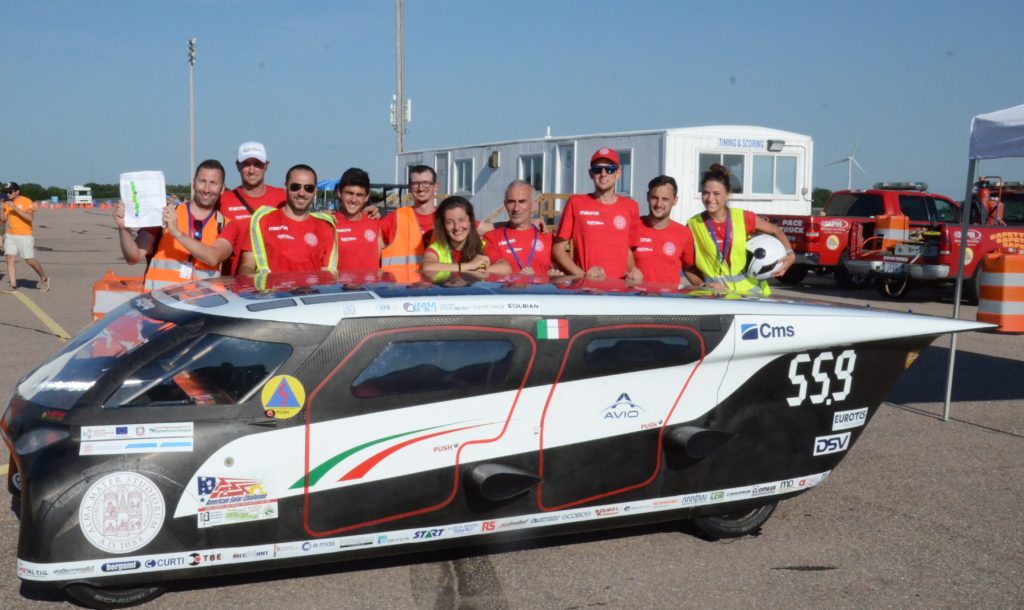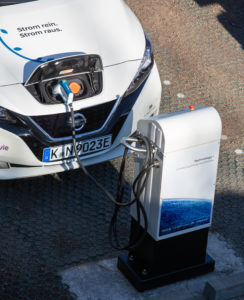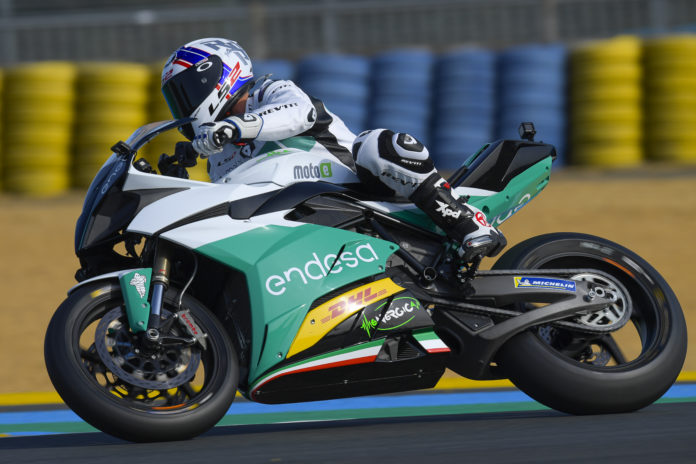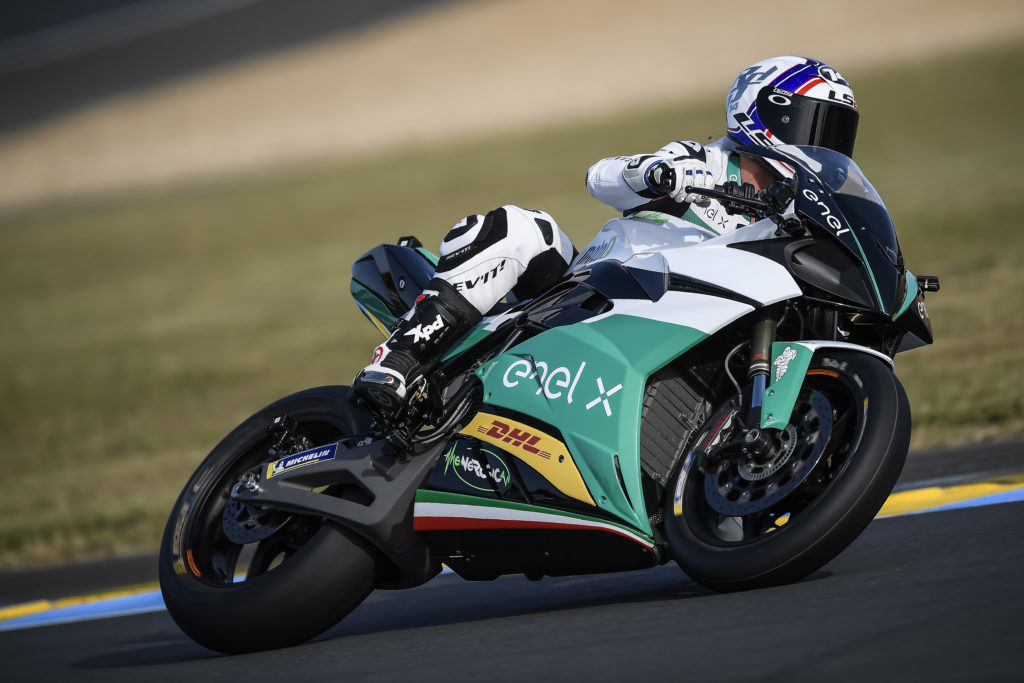Although most of the cobalt requirements are likely to go on being satisfied by Australian mines, to boost further the production of electric thrusters, BMW has recently established an agreement worth about 100 million Euros with the Moroccan Group Managem. The contract signed and officialised last July 17th has a duration of five years – until 2025 – and represents the finalization of a memorandum of understanding dated January 2019.
Andreas Wendt, member of the board of management of BMW AG, purchase and supplier network manager, so commented the operation and its meaning for the manufacturer, looking also at a future perspective. «Cobalt», he said, «is an important raw material for the electric mobility. Today, signing this supply contract with Managem, we go on assuring our requirements of raw materials for batteries. We are systematically guiding the electrification of our vehicle fleet. Within 2023, we aim at achieving 25 electrified models in our range, over half of them fully electric. Our requirements of raw materials will rise in line with this development. For cobalt only, we expect our requirements will triple by 2025».
The Bavarian company has strongly stressed the traceability of raw materials of which it makes use, cobalt included, and the need that their extraction and working occur in ethically responsible conditions.
Already owner of a competence centre on accumulators in Munich and of three factories for the production of batteries (at Dingolfing in Germany, Spartanburg in the United States and, in China, in Shenyang) the company collaborates in Thailand with Dräxlmaier. Besides, they have established that, in agreement with suppliers, its batteries are made with renewable energy only. «This assures», BMW Group informed, «an overall saving of 10 million tons of CO2 in the next decade. The high energy intensity production of high-voltage batteries is an important highly efficacious boost to reduce CO2, because up to 40% of the emissions of a fully electric vehicle come just from the production of batteries».
BMW Group has established a technological consortium with the Swedish manufacturer of batteries Northvolt and with the Belgian material developer Umicore. «The collaboration», they informed, «will focus on the creation of a sustainable end-to-end value chain for batteries in Europe, from development to production and recycling. Facing a steeply rising demand for batteries, the recycling of components and the re-use of raw materials will be the best way to close the material cycle as much as possible».










 The vehicle, developed by Solar Wave team, looks like a conventional car but with a big difference in the consumption aspect: to move, Emilia 4 uses an amount of energy similar to what is needed to power a hairdryer. With two electric motors positioned behind the wheels, it is fuelled by five square metres of high-efficiency solar panels connected with state-of-the-art lithium batteries.
The vehicle, developed by Solar Wave team, looks like a conventional car but with a big difference in the consumption aspect: to move, Emilia 4 uses an amount of energy similar to what is needed to power a hairdryer. With two electric motors positioned behind the wheels, it is fuelled by five square metres of high-efficiency solar panels connected with state-of-the-art lithium batteries.


